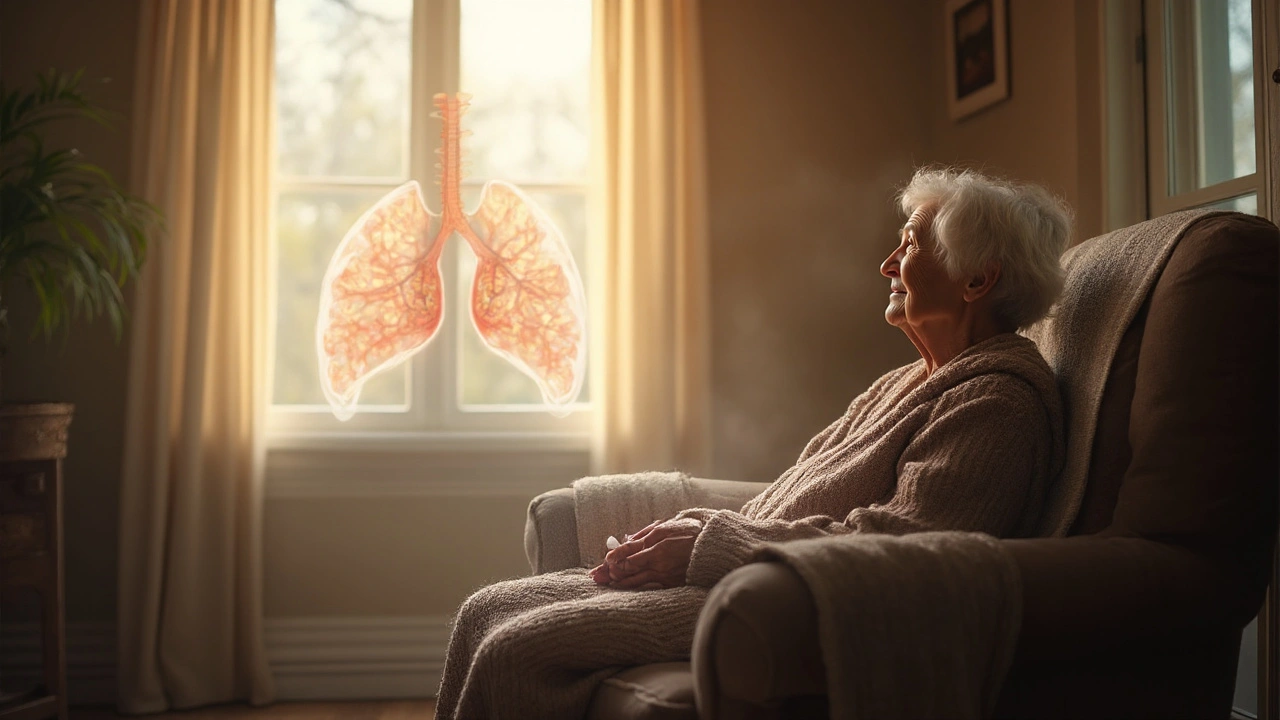Cellular Senescence: A Simple Guide to Stuck‑Cell Aging
Ever wonder why your skin gets wrinkly or why the body doesn’t bounce back like it used to? One big reason is cellular senescence – the point where cells stop dividing and stay stuck in a kind of permanent pause. Those “senescent” cells don’t die right away; instead, they hang around, sending out signals that can inflame tissue and speed up aging.
Why Cells Stop Growing
When you’re born, most of your cells are fresh and ready to split. Over time, DNA damage, stress, and short telomeres tell a cell it’s time to quit dividing. The cell then enters senescence as a safety net – it stops multiplying so it won’t pass on damaged DNA that could cause cancer. The trade‑off is that these cells stay alive and release chemicals called SASP (senescence‑associated secretory phenotype). SASP attracts immune cells, but if the immune system can’t clear the senescent cells fast enough, they pile up.
That buildup is linked to many age‑related problems: weaker muscles, less skin elasticity, and even chronic diseases like diabetes or Alzheimer’s. Think of senescent cells as noisy neighbors – they’re not dangerous on their own, but their constant chatter can disturb the whole block.
How to Keep Senescent Cells in Check
Good news: you can help your body manage senescent cells. First, stay active. Exercise pushes the immune system to hunt down and remove old cells, and studies show regular workouts lower SASP markers. Second, eat foods rich in antioxidants – berries, leafy greens, and nuts help reduce oxidative stress that triggers senescence.
Third, consider intermittent fasting or time‑restricted eating. Short periods without food can boost a process called autophagy, which clears out damaged parts of cells before they become senescent. Finally, some researchers are testing “senolytic” drugs that specifically target senescent cells. While most are still in trials, a few natural compounds like quercetin and fisetin show promise in lab studies.
Bottom line: cellular senescence is a natural part of aging, but lifestyle choices can slow its harmful effects. Keep moving, load up on colorful veggies, and give your body a chance to clean up the junk cells. Doing these simple things now can help you feel younger and healthier later.

